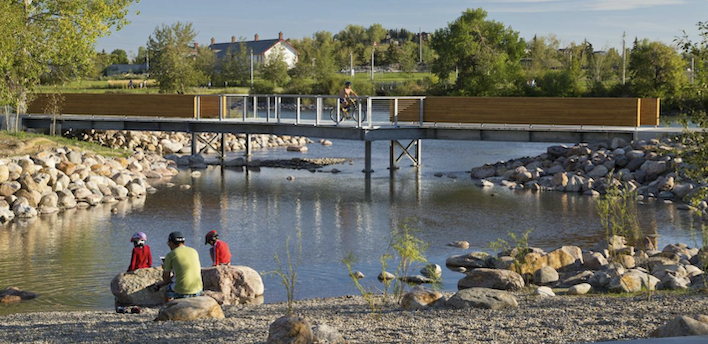- Details

Mixed-use developments are chosen by communities for a variety of reasons—some see it as a way to incorporate a mix of housing types on a small scale while enhancing traditional town character; others see it as a vehicle for revitalizing struggling areas and catalyst for economic development. As this trend continues, here is a look at what mixed-use developments are and their benefits.
- Details

- Details

Advancing sustainable building practices decreases building energy consumption and reduces greenhouse gas emissions. With all the costs of running and maintaining a property, how can building owners and operators maintain reserve funds substantial enough to accommodate the unexpected, while increasing energy efficiency and maintaining occupant comfort? Planning a series of practical and efficient upgrades over the reserve fund investment horizon optimizes returns due to good decision making.